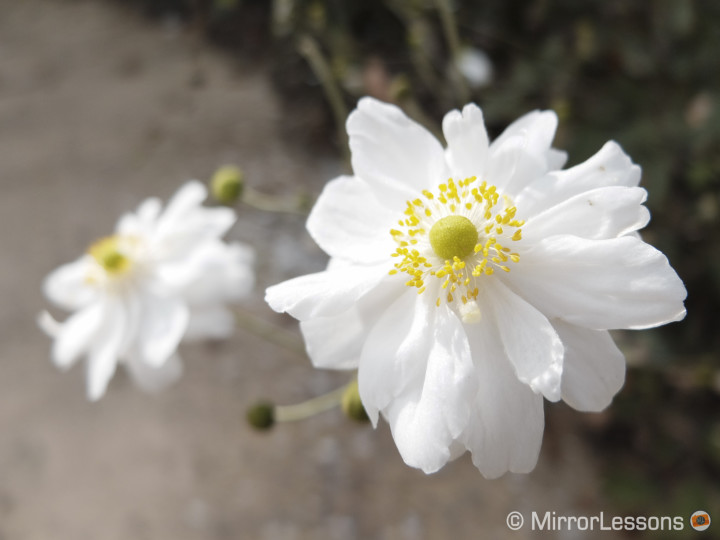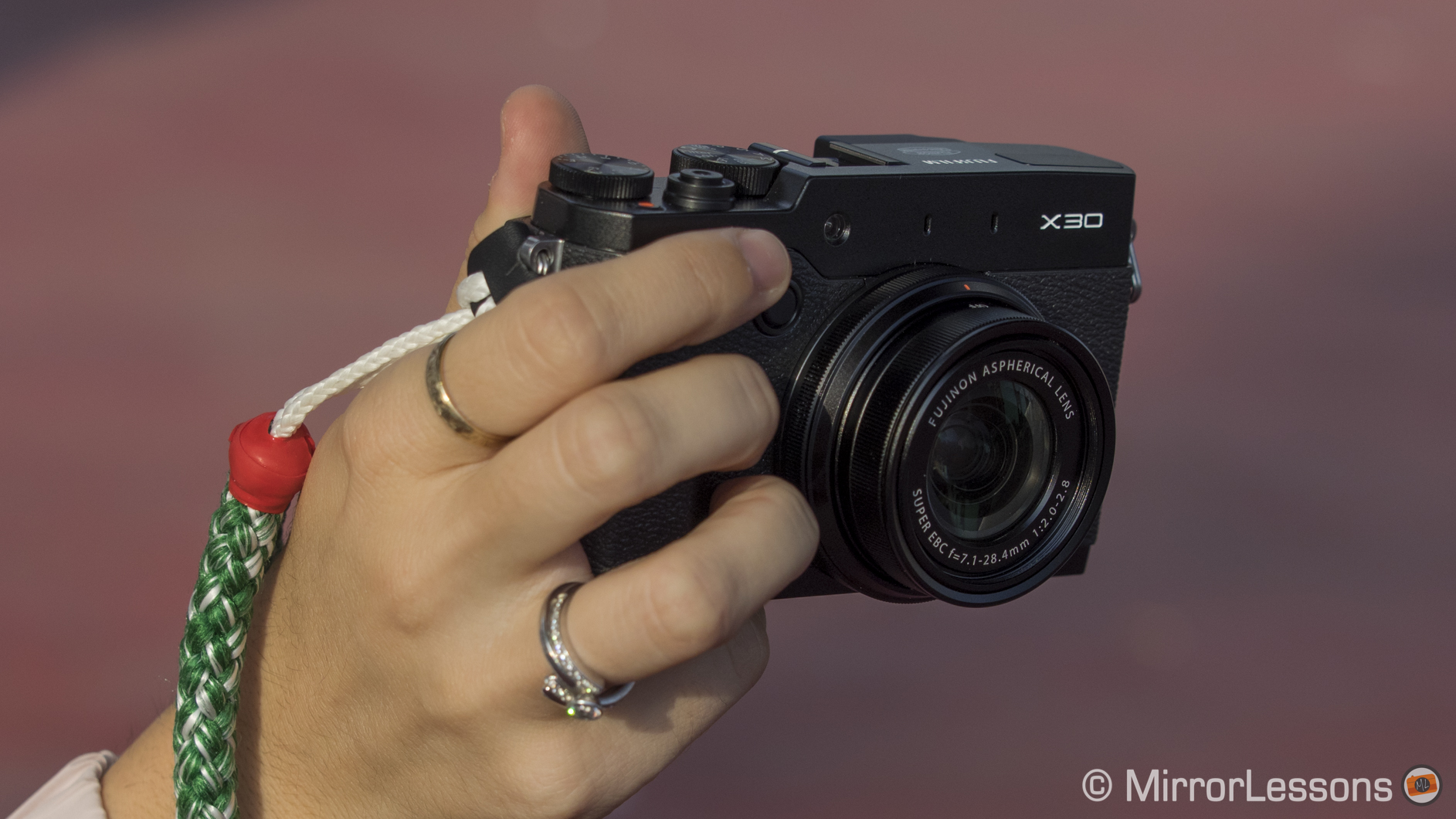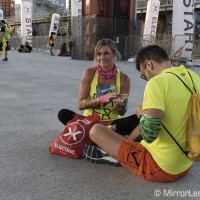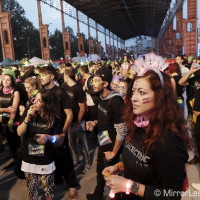It is pretty hard not to love Fujifilm’s film simulation modes. More than just a fancy name for art filters, these modes actually give your Fujifilm JPGs a distinctive “filmic look” that harks back to the company’s glory days as a film manufacturer.
We have Provia, which is your standard simulation mode with very neutral, true-to-life colours. A little boring to use, yes, but most certainly safe. We have Velvia, which takes Provia’s colours and pumps them with vividness, sometimes too the extreme. If you want to bring your landscapes to life, this is the mode to use. We also have Astia, which sits in between Provia and Velvia and is ideal for portraits. And just to please the portrait photographer even more, there are the PRO Neg. Hi and PRO Neg. Std. modes. In total, there were ten to choose from including some monochrome and sepia modes, and I loved pretty much all of them. As far as I was concerned, Fujifilm’s film simulation line-up was complete.
And then Classic Chrome came along.
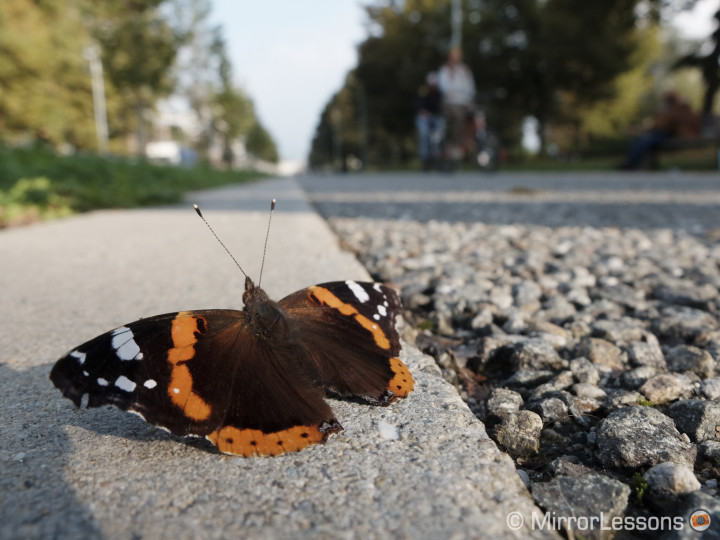

Classic Chrome is a brand new film simulation mode which, despite the name, actually isn’t a film simulation at all–it is a brand new filter that, according to Fujifilm, was “developed to deliver the tonal depth required in documentary and street photography.” Unlike Velvia and Astia, Classic Chrome steers away from saturation and focuses on delivering soft gradation, rich details in shadows and full-bodied tones that suit the storytelling functionality of Fujifilm’s X series cameras. So far it is only available on the X30 and X100T, but it is only a matter of time before a firmware update arrives for the rest of the series.
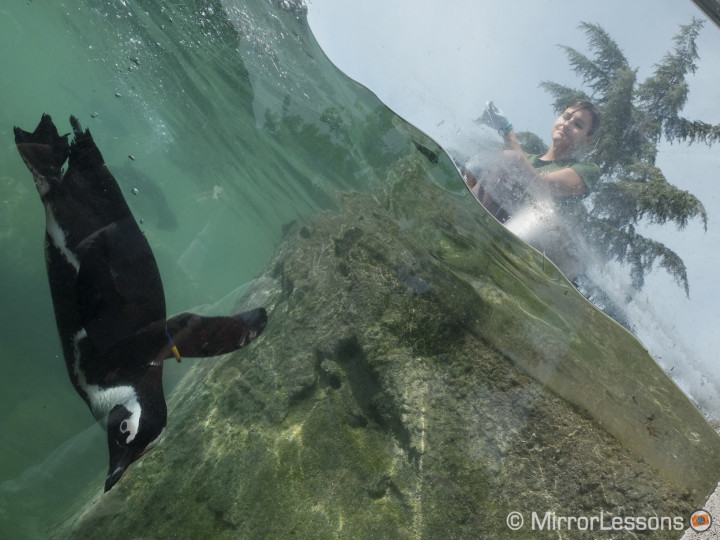
Throughout my recent tests of the X30, I’ve been strictly using Classic Chrome, in part because I was curious to see the results but also for the more banal reason that Lightroom cannot read the X30 raw files yet. And you know what?
This is the first simulation mode that delivers results so satisfying that I wouldn’t even feel the need to play with the raw files, even if I could access them.
I love the subdued tones, the defiance of the “vivid is better” trap so many filters fall into. The colours certainly aren’t a perfect reproduction of those in real life but it doesn’t matter: they come out looking wonderful, whether you be outdoors on a sunny day or shooting under cloud cover at dusk.
In the first series of landscape photos below, you can see the kind of tones Classic Chrome produces on a fine day. It is almost as if a delicate brown wash has been applied to the photos, giving the sky a muted yet pleasant appearance.
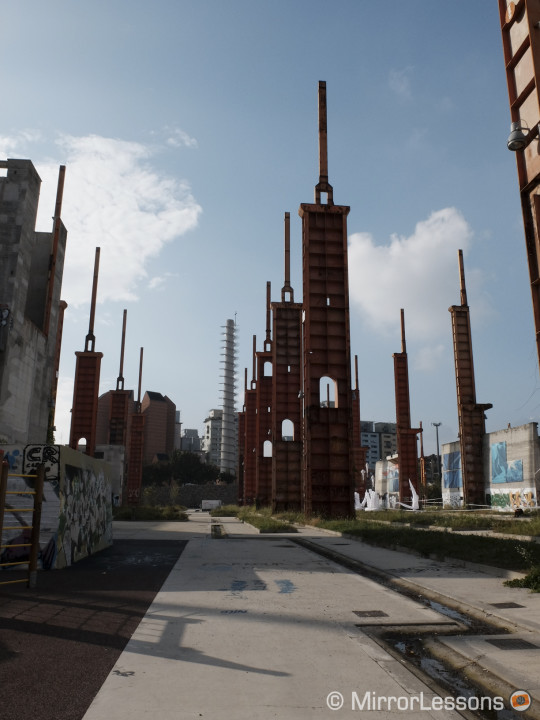
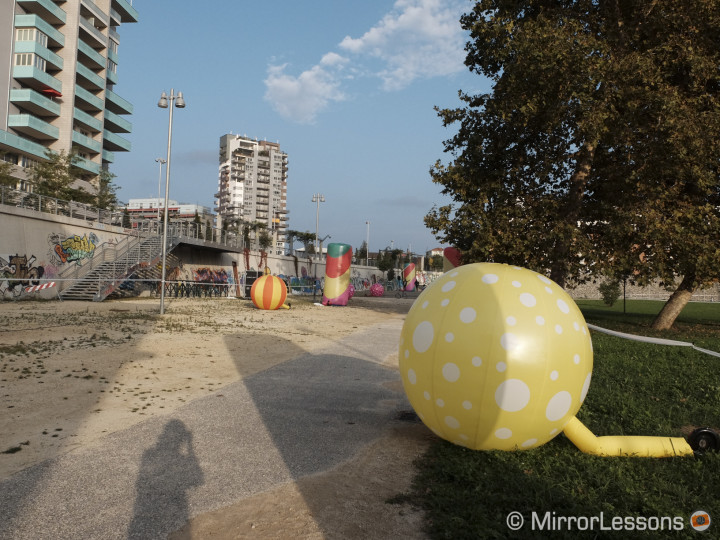

Classic Chrome also works very well for skin tones in various conditions and at varying times of the day. The gallery below shows people taken in bright sunlight, under shaded roofs, and at dusk. I find it quite extraordinary how the camera knows when to make certain colours “pop” and when to keep others subdued, such as in the case of the girl with the orange hair and the couple in their bright yellow t-shirts.
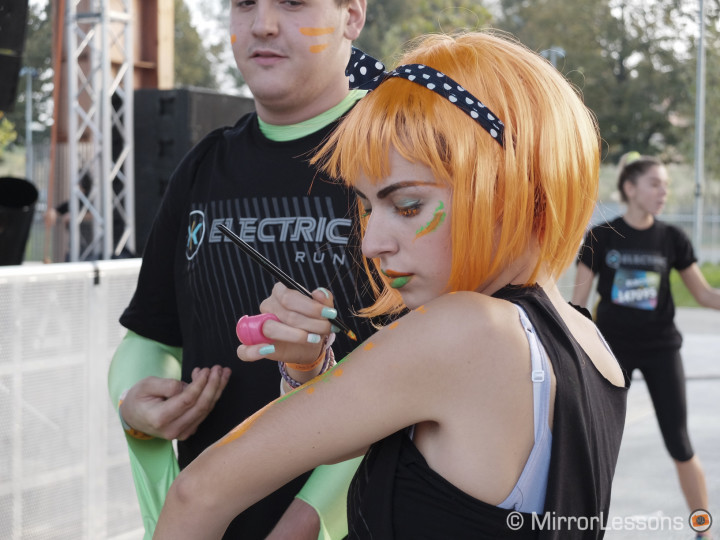
It is true that colours are subjective and what one photographer might enjoy, another might not. It is also true that this filter is quite a deviance from the standard filters you’ll find on a digital camera. But all that said, I really feel that Fujifilm has done a wonderful job of balancing art and realism with this film simulation mode. Though I doubt I’ll ever give up editing my raw files, at least I know that I can always count on the JPGs coming from this camera.

